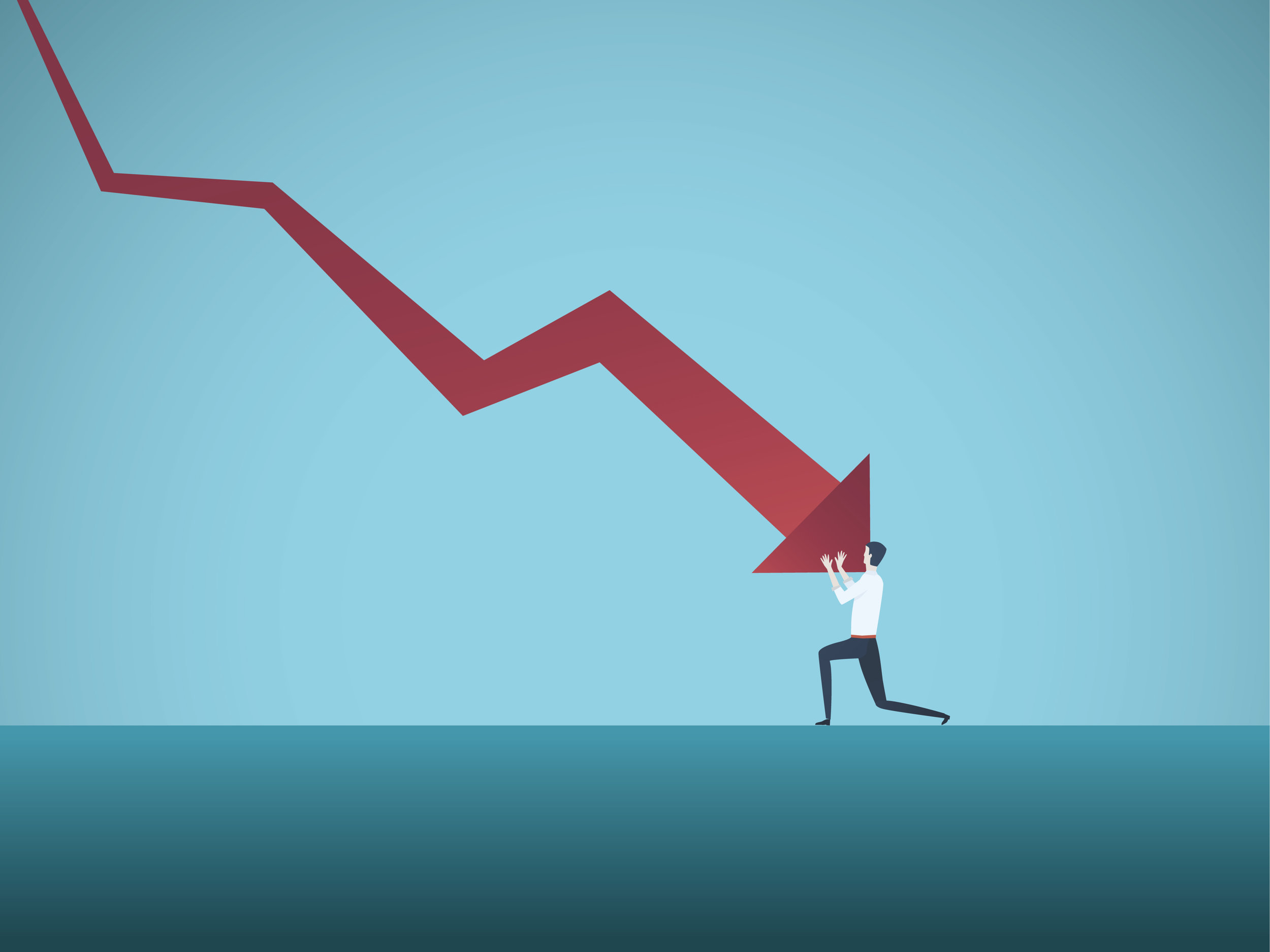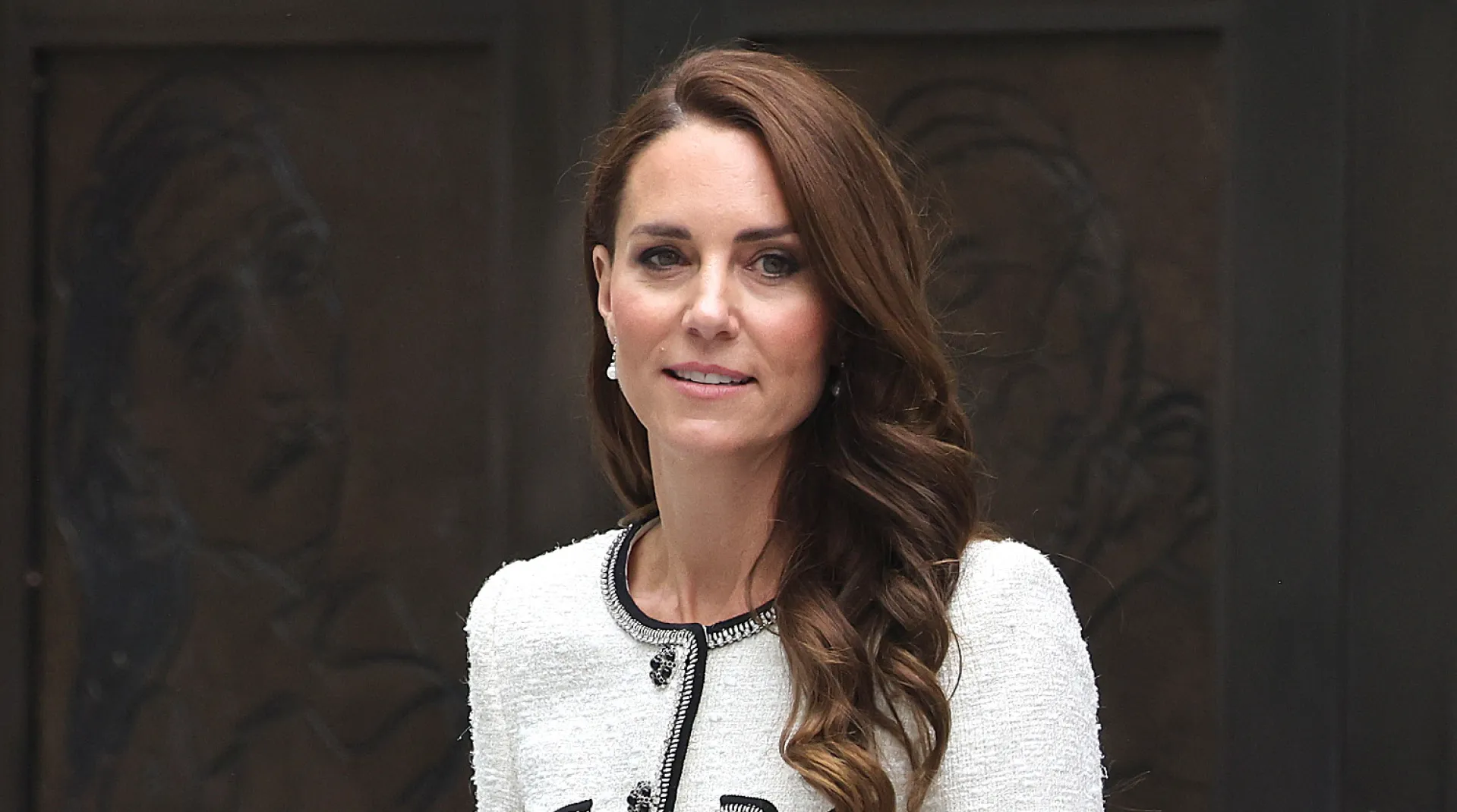Buffett’s Calm in the Chaos: A Guide to Navigating Market Storms
Recent fluctuations in the stock market have tested investors’ patience, with sharp drops and modest recoveries painting a picture of economic uncertainty. On Monday, the S&P 500 tumbled 2.4% after President Donald Trump launched renewed criticism at Federal Reserve Chair Jerome Powell, even suggesting the possibility of his removal if interest rates weren’t slashed. Though Powell insisted such a dismissal would be legally impossible, the mere speculation sparked unease. The next day, the market attempted a rebound, with prices rising over 1.5% in early trading. Despite the uptick, overall figures remained nearly 14.5% lower than February's peak.
The unpredictability of the administration’s economic decisions, particularly on trade and tariffs, has left markets seeking clarity with little success. Senior strategist Robert Haworth noted that the lack of direction, especially regarding tariffs, has created an environment where investors struggle to make confident decisions. Amid this turmoil, investment icon Warren Buffett’s philosophy offers a guiding light. He’s famously advised: “Be fearful when others are greedy, and be greedy when others are fearful.” This principle has served him well across decades of market highs and lows, including during the 2008 financial crisis when he continued to invest despite widespread panic.
Investors are understandably nervous about potential threats to the Federal Reserve’s independence and the possibility of inflation reigniting due to aggressive trade policies. For those relying on investments for income—like recent retirees—these issues warrant serious consideration with financial advisors. However, Buffett maintains that investing should be viewed through a long-term lens. Temporary downturns, in his view, are opportunities to build a well-diversified portfolio at reduced prices, rather than reasons to retreat. He reminds investors that strong businesses may hit bumps, but their long-term outlook remains sound.
Buffett’s confidence was evident during the 2007–2009 financial crisis, when he moved away from bonds and heavily invested in U.S. stocks despite the S&P 500 losing more than 50%. His bet paid off as businesses recovered and markets soared to new records. While today’s atmosphere hasn’t yet reached panic levels, those adopting Buffett’s strategy would continue buying, even if conditions worsen. History shows that despite wars, recessions, and political upheavals, the market has consistently climbed over the long run. As Buffett emphasized, resilience is built into the fabric of American enterprise—and that, ultimately, is worth investing in.
What's Your Reaction?
















:format(webp)/cdn.vox-cdn.com/uploads/chorus_image/image/70136881/1347078605.0.jpg)





